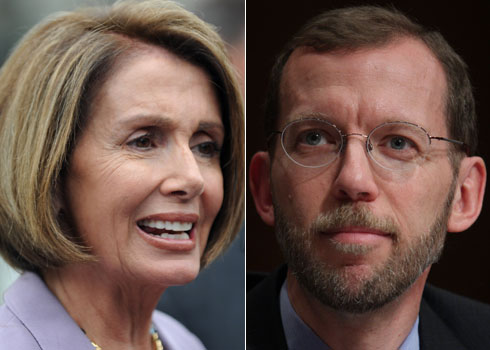The CBO has weighed in with a preliminary cost estimate of the House’s health care bill–and there are almost certainly some very happy people in House leadership.
At $894 billion, the bill’s 10 year cost comes in a hair under President Obama’s $900 billion red line. But, more politically and substantively important, the bill is projected to reduce the deficit in both the first 10 years and the second 10 years after enactment, just as Rep. Jerrold Nadler (D-NY) told me earlier today.
Over the first 10 years, revenues and savings are projected to exceed new spending (aka it reduces the deficit) by $104 billion. Projections into the following decade are, as CBO chief Doug Elmendorf always notes, very dicey. But Elmendorf says that, from 2020-2029, “the added revenues and cost savings are projected to grow slightly more rapidly than the cost of the coverage expansions.” In other words, though the government will pay more and more each year in subsidies and expanded entitlements, it will be realizing savings and collecting revenues at a greater rate.
The Senate Finance Committee’s health care bill was, likewise, a deficit reducer. But though it was projected to save less money in the first 10 years than is the House bill, those savings were projected to accelerate fairly rapidly in the second decade. The House’s are projected to accelerate more slowly.
For political purposes, though, the key for Democrats is to put together a bill that isn’t expected to blow up the deficit after a decade. It looks very much like both chambers will be able to accomplish that.
Where the House bill clearly outstrips the Senate Finance Committee’s bill is in its projected coverage expansions. CBO projects that the House bill will bring insurance to 36 million more Americans, leaving 18 million people under the age of 65–and 12 million citizens–without health care. That’s millions more than the Senate Finance Committee’s bill. According to CBO, “the share of legal nonelderly residents with insurance coverage would rise from about 83 percent currently to about 96 percent.”






